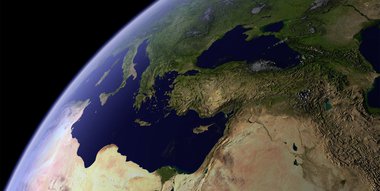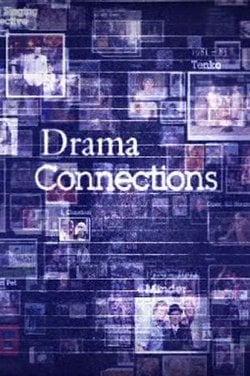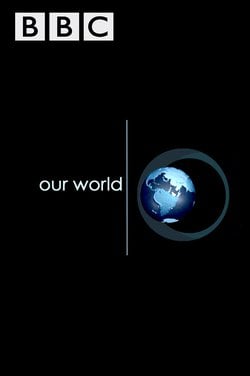- Orijinal sürüm
- Önceki bölüm S2020E197 - This is Our Land
- Sayı S2020E198
- Genus Belgesel
-
Dış bağlantılar
TheTVDB sayfası
IMDB sayfası
TheMovieDB sayfası -
Son güncelleme
12 juin 2024 - 05:36
11 veritabanında -
The Disordered Eye
Disabled artist, film-maker Richard Butchins challenges the importance of good vision in making great art. He suggests that visual impairments have contributed positively to its creation. We take the things we see for granted and assume that what we look at is what it is. What is it that we see if vision is all just electrical impulses sent to our brains and then turned into images of reality by our minds? Richard questions whether we need good eyesight to make great art at all.
Examining Monet and Degas's work, Richard discovers surprising revelations about the effect of impaired vision on many painters of the last 150 years and beyond. Michael Marmor, emeritus professor of ophthalmology at Stanford University, explains how Degas and Monet used their disabilities positively and creatively. Georgina Kleege, professor of English at the University of California, Berkeley, shares her thoughts on blindness and art as someone who lost sight as a child. And Anil Seth, professor of neuroscience at the University of Sussex, explains how we see with our brains and not our eyes.
Richard also meets contemporary artists Keith Salmon, Sally Booth and the family of the late Sargy Mann, along with sculptor Aaron McPeake and cyborg artist Neil Harbisson. All of them use their disabilities positively and innovatively. Richard looks at art and visual impairment but argues that any disability changes our perception of the world, whether we want it to or not, and that a disability can both alter and add a fresh dimension to an artist's work. Perhaps it is about time we reassessed our perspective on vision loss and disability in general.


Bölümler (234)
Benzer seriler (10)
 Channel 5 (UK) Documentaries
Channel 5 (UK) Documentaries
 Timeshift
Timeshift
 This World
This World
 Surviving Disaster
Surviving Disaster
 Drama Connections
Drama Connections
 BT Sport Films
BT Sport Films
 Our World (2007)
Our World (2007)
 BBC Drama
BBC Drama
 Planet Earth
Planet Earth

















































































































































































